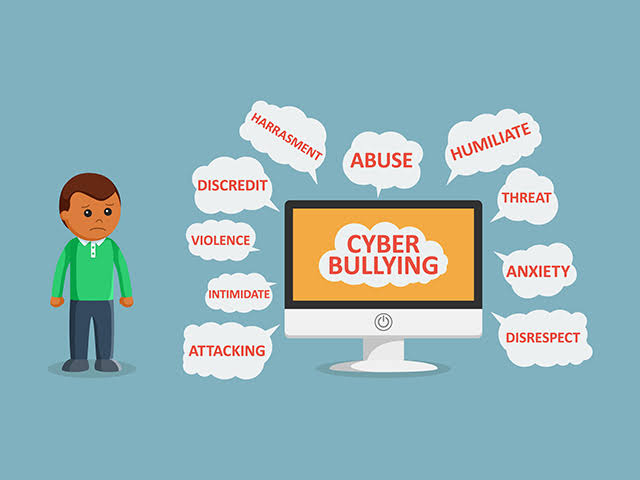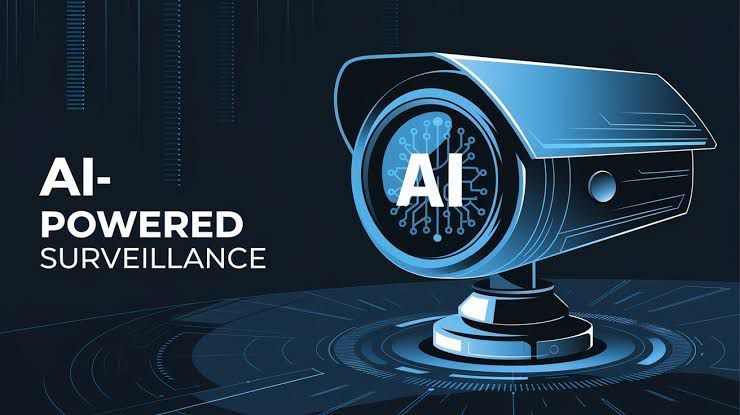Cyberbullying: Socio-Legal Perspectives and Solutions
Introduction
In the digital age, the rapid evolution of technology has brought both opportunities and challenges. One pressing socio-legal issue that has emerged is cyberbullying. This form of harassment, often conducted online, can have devastating consequences for individuals and communities. In this blog post, we will delve into the complexities of cyberbullying, its socio-legal implications, and propose solutions and measures to overcome this issue.
Understanding Cyberbullying
Cyberbullying is the act of using digital communication tools, such as social media, text messages, or emails, to harass, threaten, or intimidate others. It can take various forms, including spreading false information, posting hurtful comments, sharing private photos without consent, and more. The victims of cyberbullying often experience emotional distress, social isolation, and even harm to their mental health.Cyberbullying is a growing concern in the digital age, where individuals use online platforms and technology to harass, threaten, or intimidate others. This form of bullying can take various forms, including:
- Harassment: Sending repeated hurtful messages, threats, or insults online.
- Doxing: Sharing an individual’s private information, such as their address or phone number, without consent.
- Flaming: Engaging in hostile and aggressive online arguments.
- Exclusion: Deliberately excluding someone from online groups, conversations, or activities.
- Impersonation: Pretending to be someone else online to damage their reputation.
- Cyberstalking: Repeatedly following, tracking, or monitoring someone online without their consent.
Cyberbullying can have serious consequences, including emotional distress, social isolation, and harm to mental health. In some extreme cases, it has even led to self-harm or suicide.

Addressing cyberbullying requires a combination of legal measures, education, and support. Legal systems in many countries are beginning to recognize cyberbullying as a criminal offense, and laws are being enacted or strengthened to hold offenders accountable. However, prevention is equally important:
- Education: Raising awareness about the consequences of cyberbullying and promoting responsible online behavior through educational programs is vital.
- Reporting: Encouraging victims and witnesses to report cyberbullying incidents to authorities or online platforms can help identify and address the issue promptly.
- Support: Providing mental health support and counseling for victims of cyberbullying is essential to help them cope with the emotional impact.
- Digital Literacy: Teaching digital literacy and online ethics in schools can empower individuals to protect themselves and others in the online world.
By combining legal action with preventive measures and support, we can work towards reducing the prevalence and impact of cyberbullying in our digital society.
The Legal Landscape
One way to combat cyberbullying is through legislation. Many countries have implemented laws that specifically address cyberbullying, classifying it as a form of harassment or cybercrime. These laws provide a legal framework for prosecuting offenders and seeking justice for victims. However, the effectiveness of these laws depends on their enforcement and adaptability to evolving online platforms.
Challenges in Prosecution
One of the challenges in addressing cyberbullying from a legal perspective is the anonymity that the internet can afford. Perpetrators often hide behind fake identities, making it difficult to identify and prosecute them. Thus, law enforcement agencies need specialized tools and expertise to trace and apprehend cyberbullies.
Socio-Legal Implications
- Privacy and Data Protection: Cyberbullying often involves the misuse of personal information and private content. Strengthening data protection laws is crucial to prevent the unauthorized sharing of sensitive information.
- Psychological Impact: The psychological consequences of cyberbullying are profound. Legal systems need to recognize and address these emotional harms, potentially through civil remedies or mental health support.
- Jurisdictional Challenges: The borderless nature of the internet complicates legal jurisdiction. International cooperation is essential to track down cyberbullies and hold them accountable.
Solutions and Measures
- Education and Awareness: Implement comprehensive awareness programs in schools and communities to educate both young people and adults about the consequences of cyberbullying and responsible online behavior.
- Strengthening Cyberbullying Laws: Enhance existing legislation or enact specific laws that explicitly address cyberbullying, including stricter penalties for offenders.
- Digital Literacy: Incorporate digital literacy and online ethics into school curricula to empower students with the knowledge to protect themselves and promote respectful online interactions.
- Mental Health Support: Establish counseling and support services for cyberbullying victims, ensuring they have access to professional help when needed.
- International Collaboration: Promote international cooperation among law enforcement agencies to track down cyberbullies across borders, leading to their prosecution.
- Education: Prevention is key. Schools and communities should implement educational programs that teach responsible online behavior and digital citizenship. Promoting empathy and respect in the digital realm can go a long way in reducing cyberbullying incidents.
- Reporting Mechanisms: Social media platforms and websites should establish user-friendly reporting mechanisms for cyberbullying incidents. Swift reporting and intervention are essential to prevent further harm.
- Support Services: Victims of cyberbullying require support. Offering counseling and legal assistance can help them cope with the emotional and legal aspects of their ordeal.
- Parental Involvement: Parents should actively engage in their children’s online activities, providing guidance and monitoring their online interactions. Open communication at home can create a safer online environment.
- Technology Solutions: Develop and implement advanced technology tools that can detect and prevent cyberbullying. Machine learning algorithms can identify harmful content and patterns of abuse.
- Collaboration: Collaboration between government agencies, schools, social media companies, and advocacy groups is crucial. Together, they can create comprehensive strategies to address cyberbullying.
- Public Awareness Campaigns: Run public awareness campaigns to educate people about the consequences of cyberbullying and the importance of a respectful online environment.
- Consequences: Ensure that those who engage in cyberbullying face appropriate consequences, which may involve legal action, loss of online privileges, or mandatory counseling.
Conclusion
Cyberbullying is a complex socio-legal issue that requires a multifaceted approach. By combining legal measures with education, awareness, and support services, we can work towards a safer and more compassionate online environment. It is crucial for society to adapt to the digital age and protect the well-being of individuals while upholding their rights in the virtual world.
AUTHOR: Kakul Singh, a Student of Banasthali Vidyapith
Bharatiya Sakshya Bill, 2023: A Closer Look at the Proposed Changes in Electronic Evidence




Amazing work by kakul Singh 🫡